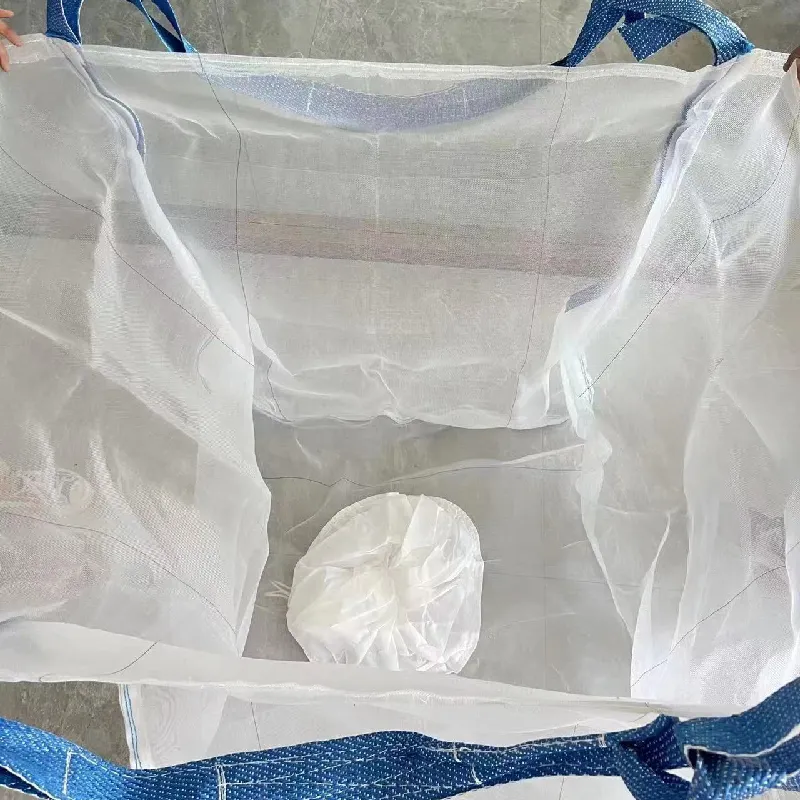-
 Afrikaans
Afrikaans -
 Albanian
Albanian -
 Amharic
Amharic -
 Arabic
Arabic -
 Armenian
Armenian -
 Azerbaijani
Azerbaijani -
 Basque
Basque -
 Belarusian
Belarusian -
 Bengali
Bengali -
 Bosnian
Bosnian -
 Bulgarian
Bulgarian -
 Catalan
Catalan -
 Cebuano
Cebuano -
 China
China -
 Corsican
Corsican -
 Croatian
Croatian -
 Czech
Czech -
 Danish
Danish -
 Dutch
Dutch -
 English
English -
 Esperanto
Esperanto -
 Estonian
Estonian -
 Finnish
Finnish -
 French
French -
 Frisian
Frisian -
 Galician
Galician -
 Georgian
Georgian -
 German
German -
 Greek
Greek -
 Gujarati
Gujarati -
 Haitian Creole
Haitian Creole -
 hausa
hausa -
 hawaiian
hawaiian -
 Hebrew
Hebrew -
 Hindi
Hindi -
 Miao
Miao -
 Hungarian
Hungarian -
 Icelandic
Icelandic -
 igbo
igbo -
 Indonesian
Indonesian -
 irish
irish -
 Italian
Italian -
 Japanese
Japanese -
 Javanese
Javanese -
 Kannada
Kannada -
 kazakh
kazakh -
 Khmer
Khmer -
 Rwandese
Rwandese -
 Korean
Korean -
 Kurdish
Kurdish -
 Kyrgyz
Kyrgyz -
 Lao
Lao -
 Latin
Latin -
 Latvian
Latvian -
 Lithuanian
Lithuanian -
 Luxembourgish
Luxembourgish -
 Macedonian
Macedonian -
 Malgashi
Malgashi -
 Malay
Malay -
 Malayalam
Malayalam -
 Maltese
Maltese -
 Maori
Maori -
 Marathi
Marathi -
 Mongolian
Mongolian -
 Myanmar
Myanmar -
 Nepali
Nepali -
 Norwegian
Norwegian -
 Norwegian
Norwegian -
 Occitan
Occitan -
 Pashto
Pashto -
 Persian
Persian -
 Polish
Polish -
 Portuguese
Portuguese -
 Punjabi
Punjabi -
 Romanian
Romanian -
 Russian
Russian -
 Samoan
Samoan -
 Scottish Gaelic
Scottish Gaelic -
 Serbian
Serbian -
 Sesotho
Sesotho -
 Shona
Shona -
 Sindhi
Sindhi -
 Sinhala
Sinhala -
 Slovak
Slovak -
 Slovenian
Slovenian -
 Somali
Somali -
 Spanish
Spanish -
 Sundanese
Sundanese -
 Swahili
Swahili -
 Swedish
Swedish -
 Tagalog
Tagalog -
 Tajik
Tajik -
 Tamil
Tamil -
 Tatar
Tatar -
 Telugu
Telugu -
 Thai
Thai -
 Turkish
Turkish -
 Turkmen
Turkmen -
 Ukrainian
Ukrainian -
 Urdu
Urdu -
 Uighur
Uighur -
 Uzbek
Uzbek -
 Vietnamese
Vietnamese -
 Welsh
Welsh -
 Bantu
Bantu -
 Yiddish
Yiddish -
 Yoruba
Yoruba -
 Zulu
Zulu
Exploring the Best Bolting Cloth Options for High-Quality Screen Printing Techniques and Applications
Understanding Bolting Cloth for Screen Printing
Screen printing is a versatile technique widely used in various industries, from textiles to electronics. One fundamental component of this process is the bolting cloth, which plays a crucial role in determining the quality and precision of the printed designs. This article will explore what bolting cloth is, its characteristics, and its significance in screen printing.
What is Bolting Cloth?
Bolting cloth, also known as mesh cloth or screen mesh, is a fine, woven fabric typically made from nylon, polyester, or stainless steel. Its primary function is to create a stencil for the ink application during the screen printing process. The openings in the mesh allow ink to pass through while blocking out any unwanted areas, thereby transferring the desired design onto the substrate, whether it be fabric, paper, or plastic.
Characteristics of Bolting Cloth
The effectiveness of bolting cloth hinges upon several critical characteristics
1. Mesh Count This refers to the number of threads per inch, both vertically and horizontally. A higher mesh count leads to smaller openings, making it suitable for detailed designs and fine lines. Conversely, a lower mesh count is ideal for larger areas of color or thicker inks.
2. Thread Diameter The thickness of the thread used in the fabric affects the durability and the tension that can be achieved in the screen. Thicker threads generally provide more durability but may not allow for fine details in prints.
bolting cloth for screen printing

3. Fabric Thickness The overall thickness of the bolting cloth also plays a role in its performance. Thinner meshes can yield cleaner prints with more detail, while thicker meshes are better suited for printing heavier inks.
4. Material Composition Different materials, such as polyester and nylon, offer various properties. For instance, polyester is known for its resistance to solvents and high tensile strength, making it a popular choice among printers.
5. Coating Some bolting cloths come with various coatings that enhance their usability. For example, antimicrobial coatings can be beneficial in applications that require high hygiene standards, such as food packaging or medical equipment.
Importance of Choosing the Right Bolting Cloth
Choosing the appropriate bolting cloth is essential for achieving high-quality prints. The wrong mesh count or material can lead to issues such as ink bleeding, improper adhesion, or even financial loss due to wasted materials and time. Each printing project may require different specifications, depending on the intricacy of the design and the type of ink being used.
For instance, intricate designs with fine details often necessitate a higher mesh count to ensure the lines are crisp and well-defined. On the other hand, bold designs that utilize heavy inks will benefit from a lower mesh count, allowing for better ink flow and coverage.
Conclusion
In conclusion, bolting cloth is an indispensable element of the screen printing process, significantly impacting the quality and precision of printed designs. Understanding its characteristics—such as mesh count, thread diameter, and material composition—can help printers select the ideal fabric for their specific needs. By investing time and knowledge into choosing the right bolting cloth, one can elevate their screen printing projects, ensuring stunning visuals that meet and exceed expectations. As the printing industry evolves, staying informed about advancements in bolting cloth technology will continue to play a critical role in achieving excellence in screen printing.
-
Why Construction Steel Mesh is the Backbone of Modern InfrastructureNewsJun.27,2025
-
The Ultimate Solution for Versatile Industrial and Consumer ApplicationsNewsJun.27,2025
-
Smart Breeding Starts Here: The Ideal Breeder Net for GuppiesNewsJun.27,2025
-
Maximize Your Harvest with Smart NetNewsJun.27,2025
-
High-Performance Steel Mesh Solutions for Modern IndustryNewsJun.27,2025
-
Durable Solutions for Modern Agriculture and LandscapingNewsJun.27,2025











